How colonial mentality became our Stockholm Syndrome
By Metty Vargas-Pellicer
It’s always an ordeal to make a trip home to the Philippines. The 14-hour trans-Pacific flight and another four hours in the air if you’re coming from the U.S. East Coast seem interminable.
I didn’t know why I was making this trip again after just two years. Alone on the beach with nothing planned to do except to sit by the sea and watch the waves come to shore, I was thinking with a melancholy mood: What’s there for me now to come home to? Since mama died, there was no reason to go home to Naga, and outside of the Jubilee activities of the UPCM there was no other purpose for me to be home. I had been away too long and I didn’t feel at home anymore having no close relations to visit.
So, I’m thinking if I return to the Philippines I will be a tourist and see the Philippines from Batanes to Jolo. Perhaps I can discover the land with a new sensibility and also discover who I am.
Am I Filipino? Who is the Filipino?
I feel different, I think different, and I act different from those I know who never left the Philippines. I became an adult in the USA, and I have become an American citizen, yet I don’t feel I’m American and certainly I’m not treated as an American in the U.S. or in any part of the world. Am I a different breed then as a Filipino-American?
I must have been an ostrich with my head buried in the sand when I was growing up in the Philippines. I am from Bicol, and frankly I have no idea about the rest of the country. I went to Manila to study medicine in the University of the Philippines, and that’s all I did. I left for the USA after medical school.
The two days spent in my friend’s private Antique beach was an eye-opener. Antique is one of the provinces of Panay Island of western Visayas, where Boracay is a barangay in the province of Aklan, and Capiz and Iloilo complete the four provinces comprising the island. Outside of Iloilo in Miag-ao, we stopped by to view the restored baroque church built by the Augustinian order in 1786, and now a UNESCO World Heritage Site. In Kalibo in Aklan, they have the Philippine tourism marketed festival of Ati-atihan, associated with the Christ child, Santo Nino, and the indigenous Ati tribe warriors, a very colorful Mardi Gras type of street revelry. There are similar festivals all across the region, like the Salakayan in Miag-ao, and Dinagyang in Iloilo.
My childhood memories of the Philippines during the holidays is similarly religious-inspired, the misa de gallo, dawn masses nine days before Christmas, accompanied by a festive atmosphere of food stalls in the church yard selling puto bumbong and other delicacies and the pastores de belen, caroling in homes after Christmas to commemorate the visit of the shepherds to the manger, and the feast of the Three Kings on the 12th day of Christmas.
The Spanish-derived religiosity of the Filipinos is pervasive. I was taken aback by a public mass held at the airport and similarly at the shopping malls. In the U.S., Filipinos continue their religious traditions according to the region they come from, such as the Penafrancia fluvial procession of the Bicolanos, the Santo Nino celebrations, and others.
While lounging in my friend’s Antique beach compound I received an education about how different dialects are derived to explain why contiguous regions not divided by any natural barrier, such as mountains or sea, speak very different dialects.
In Panay, oral history transmitted that in pre-Hispanic times datus from Borneo came to the island and occupied different sections of the island and brought the language in toto. The Malay influence in the language can be observed in the various dialects. I wondered if this oral account is historically supported by similar stories in Borneo.
In the Mindanao and Visayas region where the Spaniards made first landfall in Magellan’s time, the Spanish influence in the Chabacano dialect is particularly intriguing. I was also educated about the social hierarchy in these regions, with the elite converging in Iloilo, as the elite class consisted of Spanish descended Filipinos. Many continue to speak Spanish, and the wealth concentrated among them, as being originally Spanish, the group had exclusive access to resources and privileges in colonial days.
Filipinos, it appears, continue to regard these families with awe, curiosity, and adulation reserved for movie stars and royalty. I came from the poor barrio of Pasacao in Naga City, Camarines Sur in the Bicol region, and we only had one Spanish family who sprung from there, yes, the wealthiest in the town, but small fry compared to the Iloilo barons, and since the demise of the patriarch, the fortune had been dissipated by the heirs. To be like a Spaniard in looks, in privilege, in association, in upbringing, in education, in manner, and in pedigree is the ultimate pride for the Filipino it seems. To associate with mestizos, to speak Spanish, and be accepted is a mark of belonging. Even the bastard children of Spanish descended liaisons carry this aura.
We speak of colonial mentality, and how this keeps Filipinos in the bottom of progress and national pride among its Asian neighbors. I am so aware of this thinking and feel I must be always alert to its negative and oppressive forces. It saps creative energy. It shares dynamics with slavery, with traumatized, terrorized or victimized groups. Many are now familiar with the Stockholm Syndrome, a psychological phenomenon used to describe the sympathetic and bonding behavior of hostages to their captors. Colonial mentality is the societal expression of this bonding behavior. The captor is all powerful in reality and there is little hope for resistance. Survival of the captive is dependent on the little kindness and benevolence of the captor. The captive is isolated from other influences by preventing it from learning the captor’s language, there is suppression of indigenous ways by forcible conversion to Catholicism, and over time, the captives begin to adopt the captor’s ways as the better way since it is equated with survival, and eventually seeing its own ways and own characteristics as inferior.
This ultimately extends along racial and genetic lines as the supreme way of identifying or being like the captor. In the Philippines, this is even more pronounced in the ever-increasing preoccupation with achieving Caucasian characteristics by the proliferation of skin lightening products and cosmetic surgery.
It is unfortunate that unlike our Asian neighbors, who have achieved national and cultural identity before being subjugated by foreign powers, the Philippines was a disparate land of unorganized small tribes, with none dominating to imbue the archipelago with a unified kingdom. We were not a nation nor a culture. We were a collection of regional tribes, to which we identified our allegiance even to this day. Hence, we see ourselves more clearly as Ilocanos, Tagalogs, Bicolanos, Visayan, etc., rather than as Filipinos.
We compete with each other, and undermine each other as part of this tribal one-upmanship. The Spaniards put us under one rule and made us a nation, and as a nation we adopted the colonial identity which we carry to this day. We are still trying to be like a Spaniard, the Filipino is still the Indio.
And the Filipino-American? He is living the American dream, Hollywood style, all show, no substance, for he exists still as an outsider and his color and ethnic looks in white racist America continue to remind him that he is different in an inferior kind of way. Many individuals of course have crossed the threshold among his friends and those who know him, but until that happens, the Filipino American is judged in America and around the developed world by the color of his skin and by the height of his nose.
© 2017 The FilAm


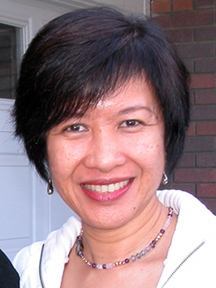
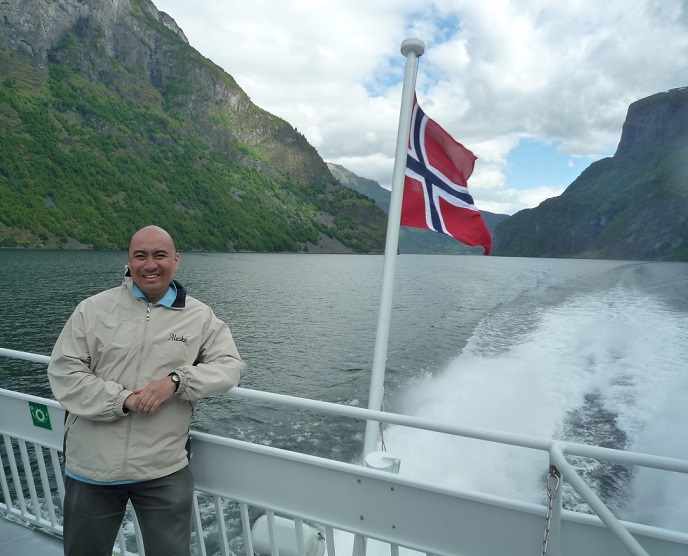
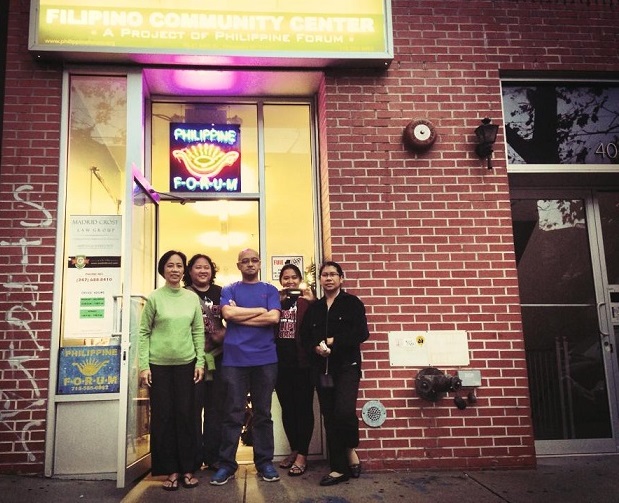
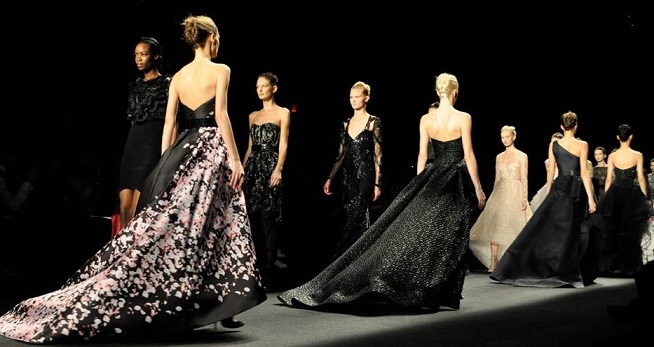
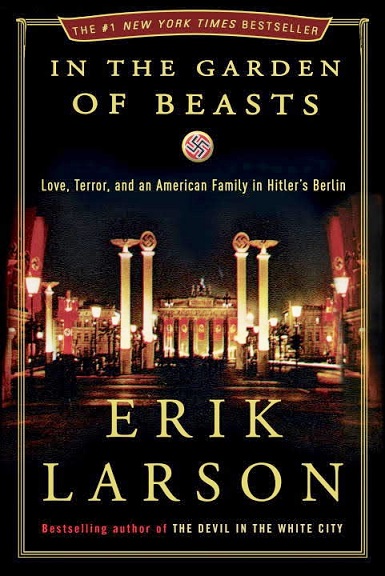
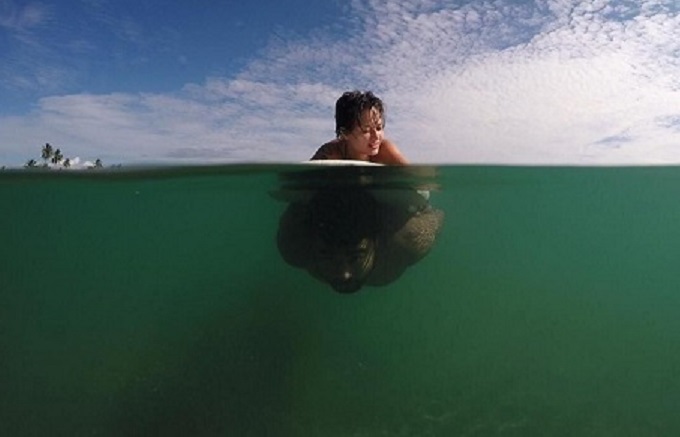

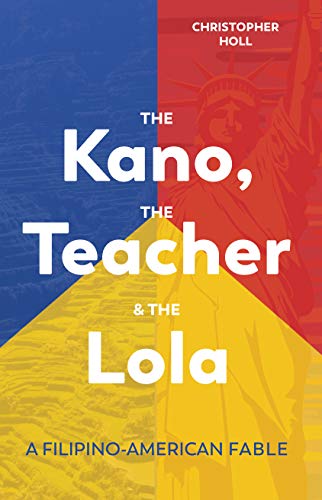


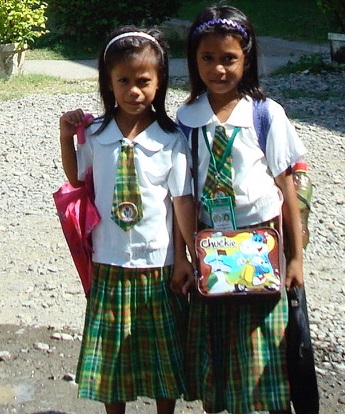

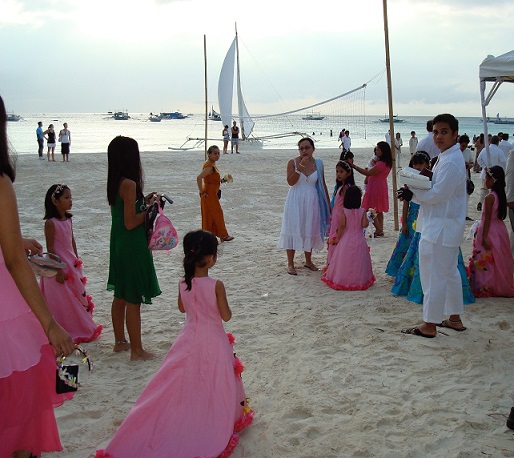

Hello